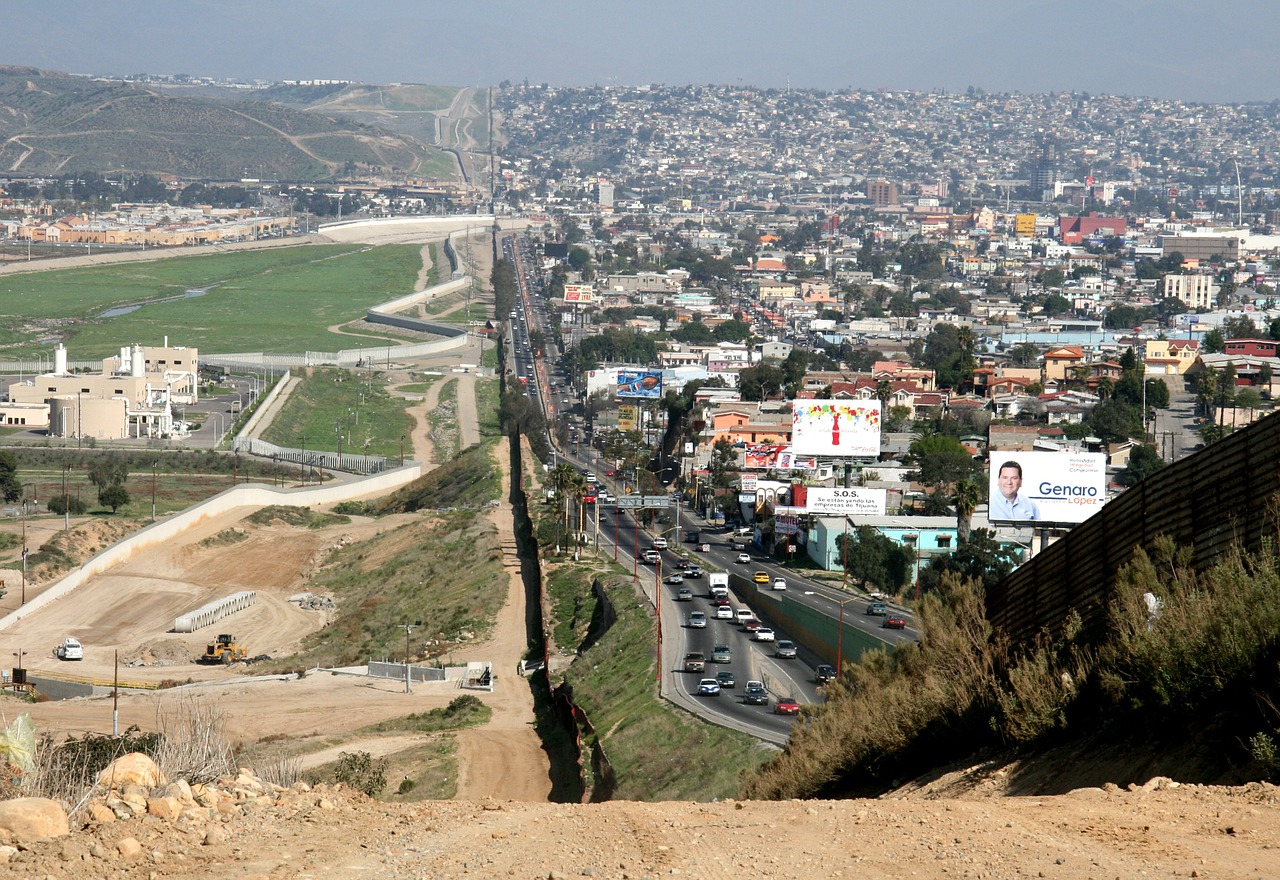JURIST Editorial Director Ingrid Burke Friedman contributed to this report.
US President Joe Biden signed a proclamation Tuesday barring asylum claims from anyone who crosses the US-Mexico border illegally.
The order is set to take effect a minute after midnight on June 5, and applies to nationals of any country seeking asylum. It draws on the president’s authority under the US Immigration and Nationality Act (8 U.S.C. 1182(f) and 1185(a)) to “make it easier for immigration officers to quickly remove individuals who do not have a legal basis to remain in the United States.” It carves out exceptions for various demographics; the asylum bar will not apply to victims of severe forms of human trafficking, unaccompanied children, and certain other vulnerable groups.
The policy is designed to adapt to fluctuations in illegal border crossings, losing effect during periods of reduced activity and regaining effect during surges. The limitations will be suspended if border agents observe a seven-day average of fewer than 1,500 “encounters,” which include apprehensions of undocumented migrants within 100 miles of the border or entry refusals at US-Mexico land border crossings. However, if border authorities record a seven-day average of 2,500 or more encounters, the limitations will be reinstated.
The order comes during a divisive presidential campaign season, throughout which border security has loomed as a key concern for voters. Illegal border crossings have surged in recent years along the US-Mexico border—the world’s busiest migration corridor according to UN figures.
Biden framed the decision in terms of easing the burden on federal agencies and officials responsible for protecting the border, and nodded to political discord that stymied the administration’s earlier efforts to shore up US immigration policy:
These actions do not change or fully compensate for the fact that our immigration system is under-resourced and broken, nor do they change the fact that there are significant limits to what can be achieved without the Congress fulfilling its responsibility to help solve the unprecedented challenge that we are facing. No executive action can deliver the significant policy reforms and additional resources that were in the bipartisan legislative proposal. But I will continue to take actions, within these constraints, to address the situation at our southern border.
The US Senate previously failed to pass a border security bill that would have authorized temporary shutdowns of the border in May after Republicans largely opposed the legislation. This followed an instance in February where the Senate also failed to pass a Biden-backed border bill.
Human rights and advocacy groups swiftly and vocally opposed the move.
Shortly after the proclamation was signed, the American Civil Liberties Union (ACLU) vowed to challenge it in court. The civil rights group said the order “will severely restrict people’s legal right to seek asylum, putting tens of thousands of lives at risk.”
Human Rights First slammed the policy for violating the US’ obligations under international law. This policy will unlawfully block refugees from seeking asylum and return them to persecution in violation of U.S. asylum law, the Refugee Convention, and obligations of non-refoulement.
Under the Universal Declaration of Human Rights, all individuals enjoy the right to seek asylum, and under Article 33 of the UN Refugee Convention, parties may not return asylum seekers to places where they would be endangered on account of “race, religion, nationality, membership of a particular social group or political opinion.” The US is a party to the 1962 protocol to the convention, which includes the requirements of Article 33.
Amnesty International previously criticized US authorities for being in breach of its international law obligations by largely requiring asylum seekers to use the CBP One app to schedule an appointment before arriving at a port of entry.


